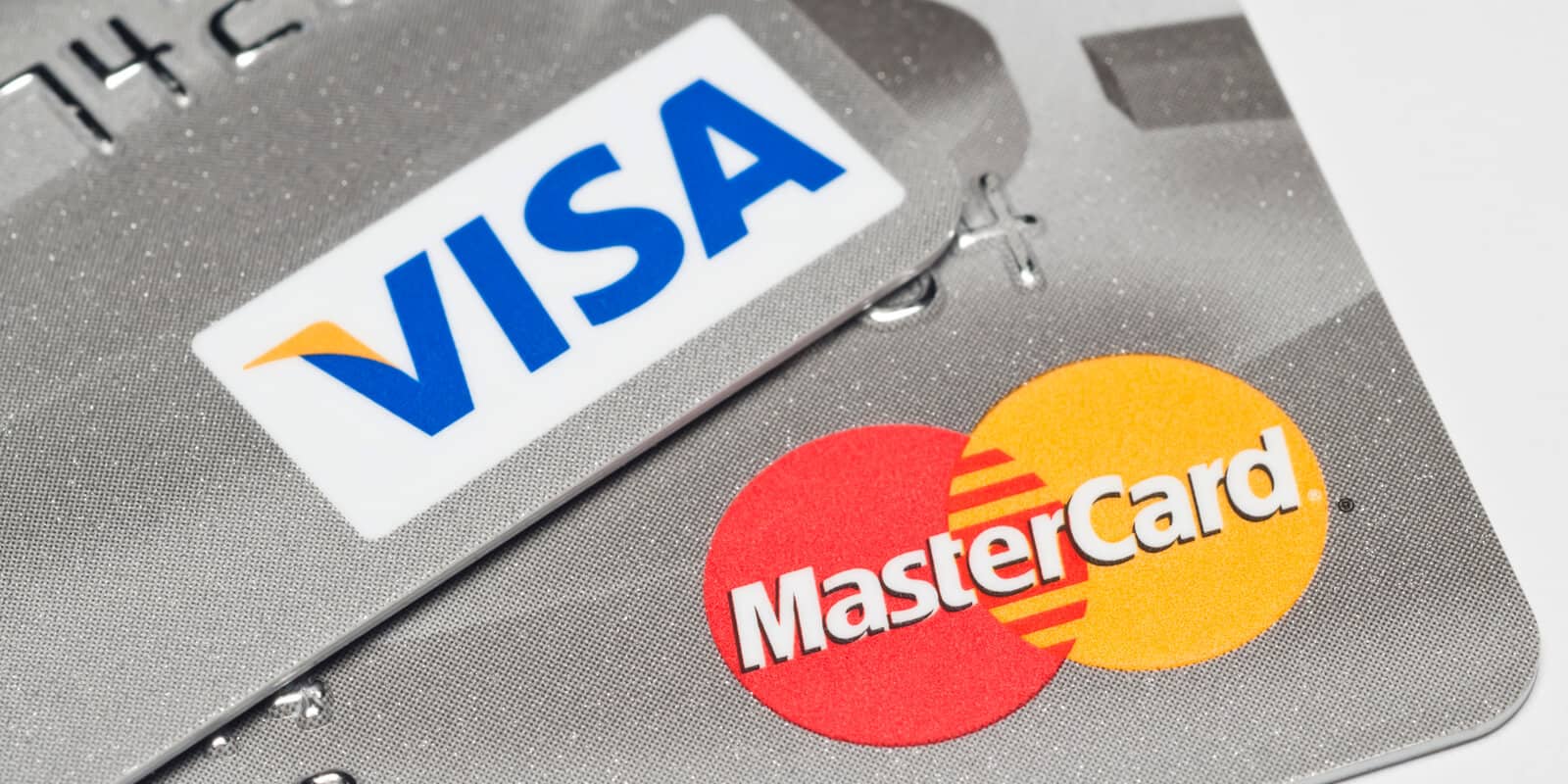
Look in your wallet — how many credit cards do you count? Chances are you have a least two major credit cards and they’re most likely a Visa and Mastercard. Some 76% of American have at least two credit cards, with some 43% owning three or more.
There are four credit card networks in the U.S. — Visa, Mastercard, American Express and Discover. Visa and Mastercard are the two leading credit card networks in the world and are the most widely accepted cards in the U.S. and abroad, with a combined 514 million cardholders worldwide.
Credit card networks set swipe fees that merchants are charged to accept the credit card transaction, but it’s the issuer (a bank or financial institution) that controls the fees that most cardholders care about the most, including interest rates, annual fees, late fees and foreign transaction fees.
So, you might be wondering about the difference between Visa and Mastercard — is there something that would propel you to choose one over the other?
While they both operate in very similar ways, there are some slight differences.
Here is the difference between Visa and Mastercard, and some similarities:
Visa is more widely accepted
Visa is the most accepted credit card out of all four networks with more than 29 million merchant locations and access to more than 1.3 ATMs worldwide.
Mastercard is accepted in 210 countries and territories and at eight million retailers in the U.S. Basically almost everywhere you can go, you can count on the cards being accepted.
“Sometimes you will occasionally come across a retailer or merchant that doesn’t accept a specific card. Costco is a good example of a retailer that only accepts cards on the Visa network,” says Jason Steele, credit card expert with Offers.com.
Both have similar merchant costs
The reason why many merchants favor Visa and Mastercard over American Express and Discover boils down to higher processing fees.
Unlike American Express and Discover, who use a closed-network model (meaning they issue cards directly to consumers) Visa and Mastercard operate as financial middlemen, providing the technology and the networks to power transactions.
They make money every time a consumer swipes their card, because the merchant pays them a processing or “swipe” fee. The credit card processing fees for Visa and MasterCard currently range from about 1.10% to 2.95%. Both credit card processors reach a wider audience than other networks by working with a variety of banks and financial institutions, thus charging smaller fees.
The reason why many merchants don’t accept American Express or Discover is because of their higher processing fees, which can be as high as 3.5% per transaction
The Simple Dollar provides the following merchant fee examples:
Assuming a small business does $100,000 in credit card sales a month:
- The business will pay $1,150 a month in credit card fees, if their sales only come from Visa cards that have 1.15% transactional fee.
- The business will pay $2,325 a month in credit card fees, if 50% of their sales come from 1.15% Visa cards and 50% from 3.5% American Express cards.
Their perks and protections vary slightly
All Visa and Mastercard offer credit cards offer certain levels of benefits perks such as identity theft and fraud protections, travel and car rental insurance and purchase protections. The benefits directly provided by Visa and MasterCard do vary slightly and depend on the particular type of card you have.
Here’s a look at some standard protections from a traditional Visa Credit card:
- Cardholder inquiry service
- Lost or stolen card reporting
- Emergency card replacement and emergency cash disbursement
- Auto rental collision damage waiver
- Zero liability
- Roadside dispatch
Compare Visa Credit Cards
Mastercard’s most common benefits include:
- Shopping protection (extended warranty/price protection)
- Personal protection (ID theft protection)
- Travel assistance (roadside assistance)
- Travel protection (car rental collision damage waiver)
- Fuel rewards network
Compare Mastercard Credit Cards
The bottom line
While there are differences between Visa and Mastercard, they are minuscule. Despite being part of the same payment network, cards that carry the Visa or Mastercard logo will vary depending on the type of card and the benefits they offer.
The most important factor in choosing a card is the interest rate and fees the issuer charges. If you’re looking for more specific perks, like airline miles or cash-back rewards, make sure to target credit cards that offer the best returns on your spending.
To research various credit cards, their benefits and what the credit score you need to qualify, visit our PrimeRates credit card page.
